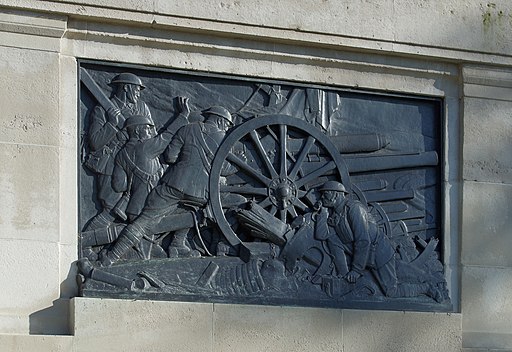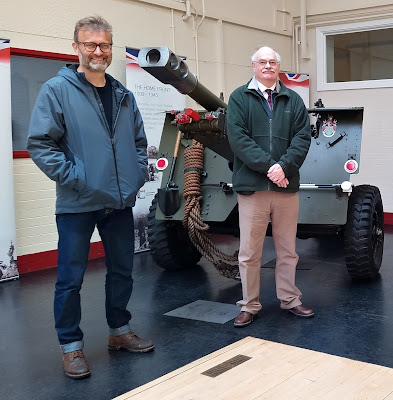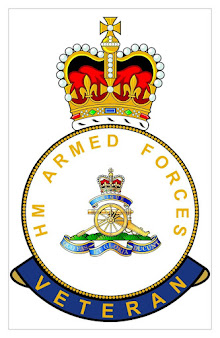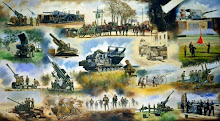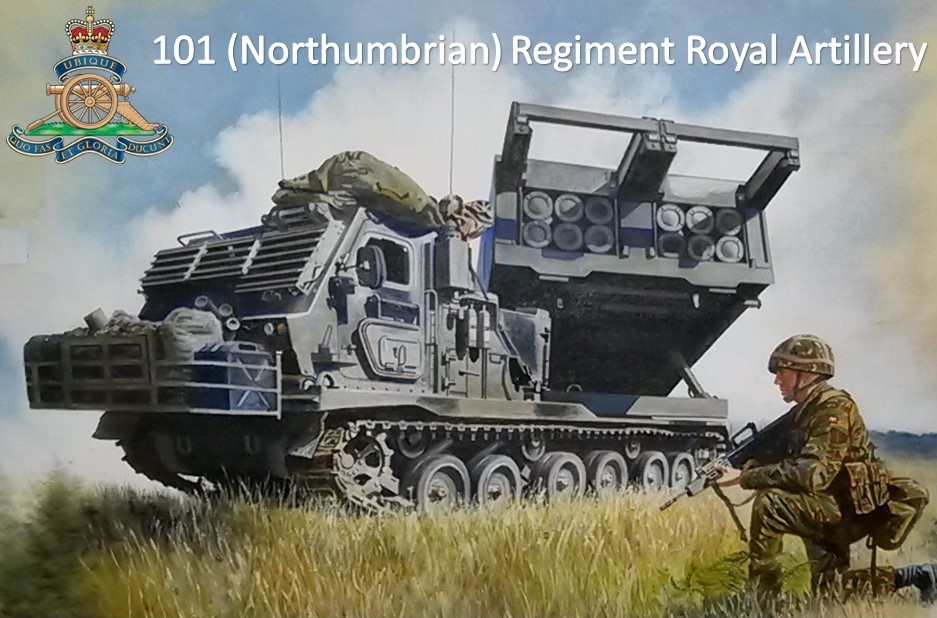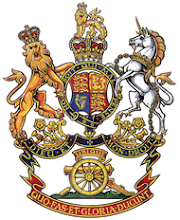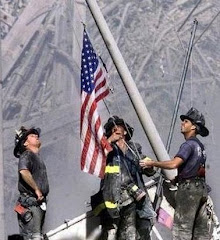The Imperial Camel Corps was formed on the 19th December 1916 as part of the Egyptian Expeditionary Force (EEF) and would be engaged in the Sinai and Palestine Campaigns.
A memorial to those who lost their lives serving with the Imperial Camel Corps is located in the Victoria Embankment Gardens near Charing Cross in London.
The Imperial Camel Corps (ICC) was a brigade sized unit. The brigade consisted of of 4 x Infantry Camel Battalions ( 2 x Australian / 1 x New Zealand / 1 x British) and a Machine Gun Company.
 |
Imperial Camel Corps
Australian / British / New Zealand / Indian
|
 |
| Imperial Camel Corps |
 |
Brigadier CL Smith VC MC
Commander Imperial Camel Corps
|
 |
| Imperial Camel Corps Headquarters |
 |
| Imperial Camel Corps No1 Mountain Battery HKSRGA |
The brigade had integral signals section, engineer troop, field ambulance and a brigade train.
 |
Imperial Camel Corps Brigade Train
|
The Imperial Camel Corps base was in Abassi on the outskirts of Cairo.
 |
| Imperial Camel Corps Abassi |
Total Imperial Camel Corps strength was a brigade of 4,150 men and 4,800 camels.
 |
| Imperial Camel Corps Egypt |
The Infantry Camel Battalions were mounted infantry, their camels were for transport not fighting , once engaged they did so as foot soldiers.
 |
| Imperial Camel Corps Dismounted Infantry |
The No 1 Mountain Battery Kong Kong and Singapore Artillery had deployed to Egypt in November 1915 equipped with 10 pounder mountain guns transported by mules. They initially deployed in a static role defending the Suez Canal. The battery then supported troops during the Senussi campaign until autumn 1915, when they moved to Abassi to exchange their mules for camels. The battery would join the Imperial Camel Corps. The unit would also re-equip in February 1916 with 2.75 inch mountain guns. The guns broke down into six loads transported by camels.
 |
Imperial Camel Corps HKS RGA
Camels carrying mountain guns
|
 |
Imperial Camel Corps HKS RGA
2.75 inch mountain gun
|
__________________________________________________
INSPECTION OF THE IMPERIAL CAMEL CORPS
| https://www.iwm.org.uk/collections/item/object/1060022564 |
Probably 3rd or 4th Battalion, Imperial Camel Corps, with its camel battery, the Hong Kong-Singapore Mountain Battery, training on the Palestine Front, early 1917.
_____________________________________
The Egyptian Expeditionary Force launched their Sinai campaign in August 1916, their intent was to move along the Mediterranean Coast, clearing Turkish Forces in order to strengthen the defence the Suez Canal. As they progressed they would build a railway line, road and water pipe to sustain logistics.
 |
| Sinai - Palestine Railway |
The next major action of the EEF was the Battle of Magdhaba on 23rd December, the Imperial Camel Corps being in action only few days after it's formation. Magdhaba was captured, as was El Arish.
 |
| Imperial Camel Corps Battle of Magdhaba |
The advance continued. On 9th January 1917 Rafa fell to the Empire forces, and the Ottomans withdrew in to Palestine.
 |
| attle of Rafa firing line |
The Imperial Camel Corps continued in the EEF's campaign, capturing the Turkish force at Bir el Hassan in February 1917.
Progress halted in March when an assault on Gazza failed (First Battle of Gazza). Another attempt to capture the town in April also failed (Second Battle of Gazza). Subsequent operations also failed, and in August the Imperial Camel Corps withdrew to refit.
 |
Imperial Camel Corps at Beersheba
Source: IWM Q13539
|
The ICC's campaign renewed in October with the Battle of Beersheba and the capturing of the town. The following day an assault was launched on Gazza and in the Third Battle for the town, it was finally taken. The fighting continued with the Battle of Mughar Ridge as the EEF pursued the Ottomans.
The campaign continued into 1918 and the Egyptian Expeditionary Force entered Jordan. In March an unsuccessful attack on Amman in the First Transjordan Attack resulted in Empire forces being repulsed. The Second Transjordan Attack in April and May were also unsuccessful.
The nature of operations was changing. The ground in Jordan was more mountainous and not suited to camels. Consequently the ICC was broken up and the Australian and New Zealand troops were transferred. Six companies of British troops now made up the Imperial Camel Corps.
Two companies, no 7 and no 10 joined Lawrence of Arabia supporting guerrilla operations during the Arab Revolt durining late summer 1918with an attack on the Hejaz railway at Mudawara Railway Station.
 |
Imperial Camel Corps
Dropping into Wadi Arba from the east while en route to join T E Lawrence
|
 |
| Lawrence of Arabia |
Colonel TE Lawrence of Arabia commented on the Imperial Camel Corps
‘Consequently, our Imperial camel Corps had become rapid, elastic, enduring, silent; except when they mounted by numbers, for then the three hundred he-camels would roar in concert, giving out a wave of sound audible miles across the night. Each march saw them more workmanlike, more at home on their animals, tougher, leaner, faster’.
________________________
The Imperial Camel Corps memorial in Victoria Embankment Gardens was sculptured by Major Cecil Brown who served with the ICC. It was unveiled on the 22 July 1921 by Lieutenant-General Sir Philip Chetwode.
Two bronze plaques lists the 346 men who lost their lives serving with the Imperial Camel Corps; 191 Australian's, 106 British, 41 New Zealanders and 9 Indians.
Imperial Camel Corps Memorial
Embankment Gardens
|
TO THE GLORIOUS AND IMMORTAL
MEMORY OF THE OFFICERS, NCO‘S AND MEN
OF THE IMPERIAL CAMEL CORPS BRITISH
AUSTRALIAN NEW ZEALAND INDIAN
WHO FELL IN ACTION OR DIED OF WOUNDS
AND DISEASE IN EGYPT SINAI AND PALESTINE
1916 -1917-1918
| Imperial Camel Corps Memorial Inscription |
| Imperial Camel Corps Memorial |
Imperial Camel Corps Memorial
Record of engagements
|
- 1916: Romani, Baharia, Mazar, Dakhla, Maghara, El. Arish, Maghdaba
- 1917: Rafa, Hassana, Gaza 1, Gaza 2, Sana Redoubt, Beersheba, Bir Khu Weilfe, Hill 265
- 1918: Amman, Jordan Valley, Mudawar Hedjaz
| Imperial Camel Corps Memorial |
 |
| Imperial Camel Corps Memorial |








